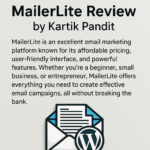Last updated on August 7th, 2025 at

Kartik Sharma ✅
Reviewed by Email Marketing Expert
Kartik Pandit, Founder of WPKartik
6+ years of experience helping businesses boost revenue through high-converting email campaigns.
Have you ever spent hours crafting the perfect email campaign, only to see your open rates and conversions flatline? You pour your heart into every subject line, tweak the copy, add catchy images, and hit send, only to be met with silence. It’s frustrating, right? You feel like you’re doing everything right, but somehow, the results don’t match up. We’ve all been there, and it’s enough to make you want to throw in the towel.
Here’s the thing: Email marketing is still one of the most powerful tools in a marketer’s toolkit. It’s direct, personal, and effective. But here’s the catch—it only works when you do it right. One wrong step, and you could end up wasting hours of your time, or worse, your resources. So, it’s not just about sending out emails; it’s about sending out the right emails.
In this post, we’re going to break down the 15 most common email marketing mistakes that even experienced marketers can make. But don’t worry—each one comes with simple, actionable tips to avoid them. By the end of this, your email campaigns will be smoother, more effective, and—fingers crossed—your ROI will be skyrocketing. Ready to dive in? Let’s get started!
Mistake #1: Ignoring Segmentation (and Why It’s a Game Changer)
Why Segmentation Matters:
Why Segmentation is Crucial (And What Happens If You Ignore It)
Picture this: You walk into your favorite clothing store, and the salesperson immediately tries to sell you a high-end, limited-edition watch. Sounds exciting, right? Well, not if you’ve never shown any interest in luxury products. Instead of feeling intrigued, you’d probably walk out, thinking, “Why are they wasting my time?”
Now, imagine you’re on the receiving end of an email campaign. The brand behind it doesn’t know your interests or preferences, so they send the same generic email to every single person on their list. You’d be left thinking, “Why did I even bother opening this?” The result? A one-way ticket to higher unsubscribe rates, lower engagement, and the loss of potential customers.
That’s the reality for businesses that fail to segment their email lists effectively. When you treat every subscriber the same, you risk sending irrelevant content to the wrong people. And let’s face it: no one likes feeling like they’re just another number in the crowd.
![What is Email Segmentation? Definition & Importance [2024]](https://clevertap.com/wp-content/uploads/2024/10/What-is-Email-Segmentation_.webp?w=2926)
What is Email Segmentation? And Why Does It Matter?
At its core, email segmentation is the art of dividing your email list into smaller, targeted groups based on shared characteristics, behaviors, or interests. Think of it as organizing your audience into specific buckets—so you can send each group tailored content that resonates with their individual needs and preferences.
Why does this matter? Because people are tired of being bombarded with irrelevant content. The more personalized and targeted your emails are, the higher the chances are that people will engage with them. It’s simple: when subscribers receive emails that speak directly to them, they’re more likely to open, click, and convert.
But let’s make this even more tangible. Take Submission Technology, one of GetResponse’s customers. They use email segmentation, and the results speak for themselves. In one of their recent campaigns, they divided their customers by gender and saw an impressive difference in engagement.
Males had a click-through rate (CTR) of 6.44%, while females saw a CTR of 7.31%. These rates were over 121% higher than the industry standard! This real-world success proves how segmentation can lead to significantly higher engagement and more impactful results. It’s a perfect example of how segmentation drives success when it’s executed thoughtfully.
Does Email Personalization Really Improve Email Marketing Conversions?
Mistake #2: Poor Subject Lines (You’re Losing Subscribers Before They Even Open Your Email)
The Art of Crafting Irresistible Email Subject Lines: Your Key to Higher Open Rates
Picture this: You’re scrolling through your inbox, and a bunch of emails pop up. Some are from friends, some from brands, and then there’s that one email with a subject line that makes you pause and think, “Hmm, I’ve got to see this.” And what do you do next? You open that email first, right? That’s the magic of a great subject line!
In the crowded world of inboxes, your subject line is your first impression. If it doesn’t stand out, your email might as well be invisible. A weak subject line is like a missed opportunity—it means your email gets ignored or, even worse, sent straight to the trash. When no one opens your emails, your message never gets heard, and that’s the first step toward email failure. And trust me, you don’t want to be stuck there.
A powerful subject line can make or break your email marketing campaign. In fact, according to a Tidio report, the subject line is responsible for 47% of email opens—so getting it right is crucial (Tidio Report on Email Marketing Statistics).
Source – Tidio
P.S – Read this 10 Proven Email Subject Line Hacks to Skyrocket Your Open Rates
Mistake #3: Overloading Emails with Too Much Information – Why Less is More
The Problem with Cluttered Emails
We’ve all been there—scrolling through our inbox, and then an email pops up that feels like it’s trying to cram an entire novel into a single message. The text is long, dense, and packed with too many details. By the time you reach the second paragraph, your eyes start to glaze over, and within seconds, you’re already looking for the “Delete” button.
It’s overwhelming, right?
Too much information in one email can confuse your subscribers, leaving them frustrated and disinterested. Instead of focusing on one key idea, you’re bombarding them with everything at once. This leads to disengagement—and that’s the last thing you want.
In fact, the CEU Weekly published an insightful article titled Email Overload: How Much is Too Much?, highlighting that when an email feels cluttered or overwhelming, the likelihood of it being ignored increases significantly. A cluttered email doesn’t help anyone, least of all your subscribers. If they can’t quickly grasp what you want them to do or why your message matters, they’ll simply move on (CEU Weekly – Email Overload).
Mistake #4: Forgetting Mobile Optimization
Why Mobile Optimization is Critical:
Here’s a stat that might surprise you—over half of all emails are opened on mobile devices. That’s right, more than half! So, if your emails aren’t optimized for mobile, you’re missing out on a huge chunk of your audience.
Think about it: You’re crafting a beautiful, detailed email that looks great on your computer screen, but when it’s opened on a phone, everything’s squished, the text is too small to read, and the images are distorted. Sound familiar? A bad mobile experience can make your subscribers hit the dreaded “Delete” button before they even read your content. And trust me, that’s not a position you want to be in.
How to Avoid This Mistake:

Source – Mailmunch
Mistake #5: Neglecting the Power of Automation
The Cost of Manual Campaigns:
Let’s be honest: manually sending individual emails for every single touchpoint can feel like you’re running on a hamster wheel—always busy but not really getting anywhere. Not only is it time-consuming, but it also means you’re probably missing valuable opportunities to connect with your audience at just the right moment.
If you’re still handling every email campaign manually, you’re likely leaving money on the table. Without automation, you may forget to follow up with a subscriber, or your emails could arrive too late to make an impact. It’s easy to fall behind when you’re manually managing everything.

Source – DataCose
Mistake #6: Not Tracking Key Metrics (You Can’t Improve What You Don’t Measure)
Why Tracking Metrics is Crucial:
Imagine running a race but not keeping track of your time, your distance, or even where the finish line is. How would you know if you’re improving or if you’re on the right track? The same goes for email marketing—if you’re not tracking key metrics, you have no idea how well your campaigns are performing or what needs improvement.
Without measuring your results, you’re flying blind. You could be sending emails left and right, but if you’re not paying attention to the data, you might miss out on opportunities to fine-tune your approach and make your emails more effective.
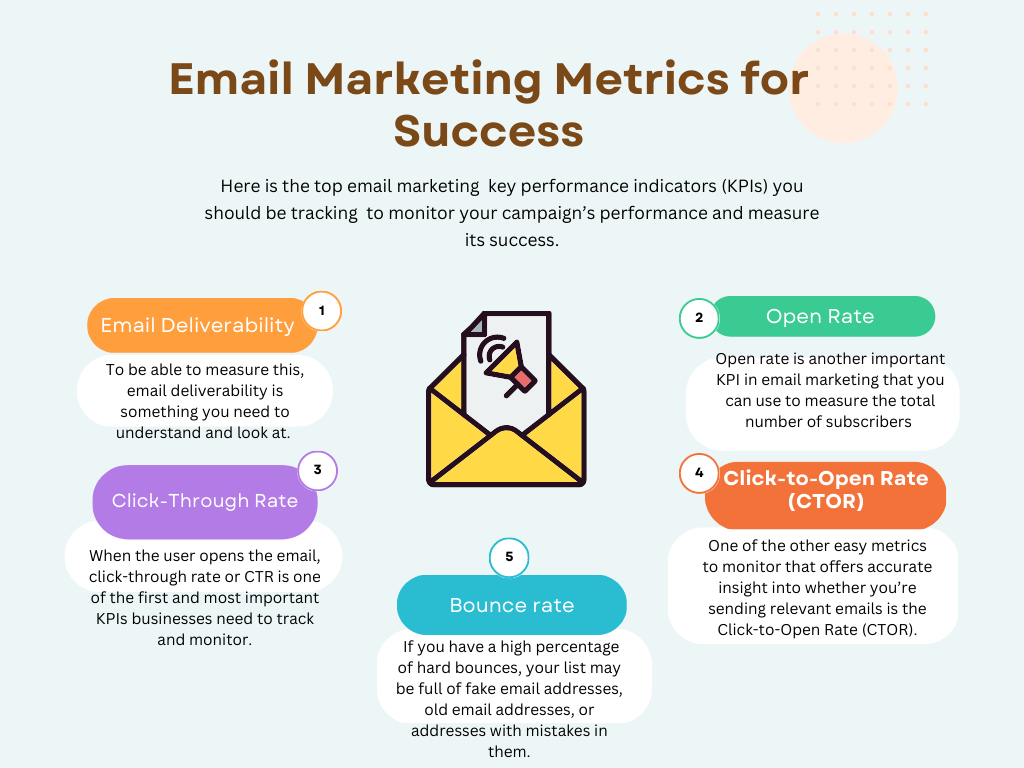
Mistake #7: Sending Emails Too Often or Too Rarely
Finding the Right Frequency:
We’ve all been there: you sign up for an email list, and suddenly, you’re bombarded with emails every day. Before you know it, your inbox is flooded, and you hit “unsubscribe” faster than you can say “inbox overload.” On the flip side, maybe you’ve signed up for a list and haven’t heard from them in weeks, leaving you wondering if they’ve forgotten about you.
Both extremes—sending emails too often or too rarely—can hurt your relationship with your subscribers. Too many emails, and you risk annoying your audience. Too few, and you might lose their attention. Finding that sweet spot is key to building a healthy, engaged email list.
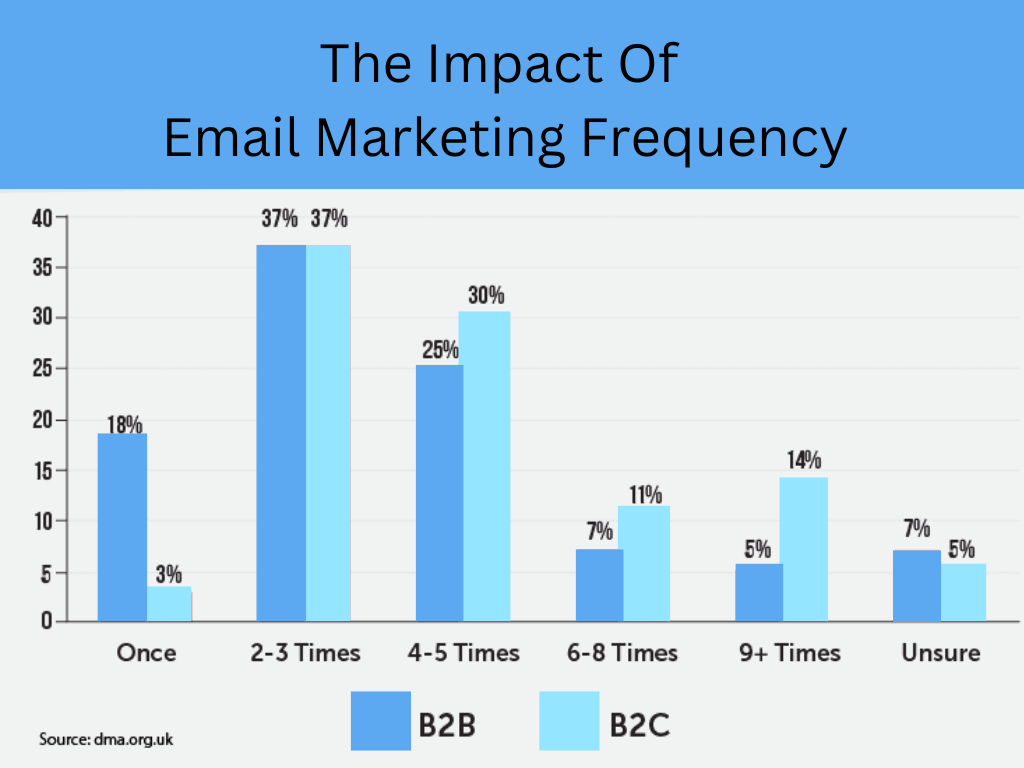
Mistake #8: Ignoring Email List Hygiene
Why Clean Lists Matter:
Imagine trying to throw a party, but half of the invitations are sent to the wrong addresses, and others end up in spam folders. Your party would be a bust, right? Well, the same thing happens when you send emails to an outdated or irrelevant list.
Sending emails to people who haven’t engaged with your content in ages—or worse, to invalid email addresses—can seriously harm your email reputation. High bounce rates (when emails can’t be delivered) and low engagement can lead to your emails being marked as spam or even getting your sending domain blacklisted. No one wants that!
To keep your reputation intact and improve the chances of your emails getting delivered, you need to regularly clean your email list. A clean list means you’re reaching people who are genuinely interested in your content, which also leads to better engagement and fewer headaches down the road.
How to Avoid This Mistake:

Mistake #9: Using Spammy Language and Practices
Why Spam Triggers Matter:
Have you ever checked your inbox and found an email that instantly screamed “spam”? Whether it’s all caps, too many exclamation marks, or phrases like “Get rich quick!”—it’s clear what’s happening. Your email is most likely heading straight for the junk folder.
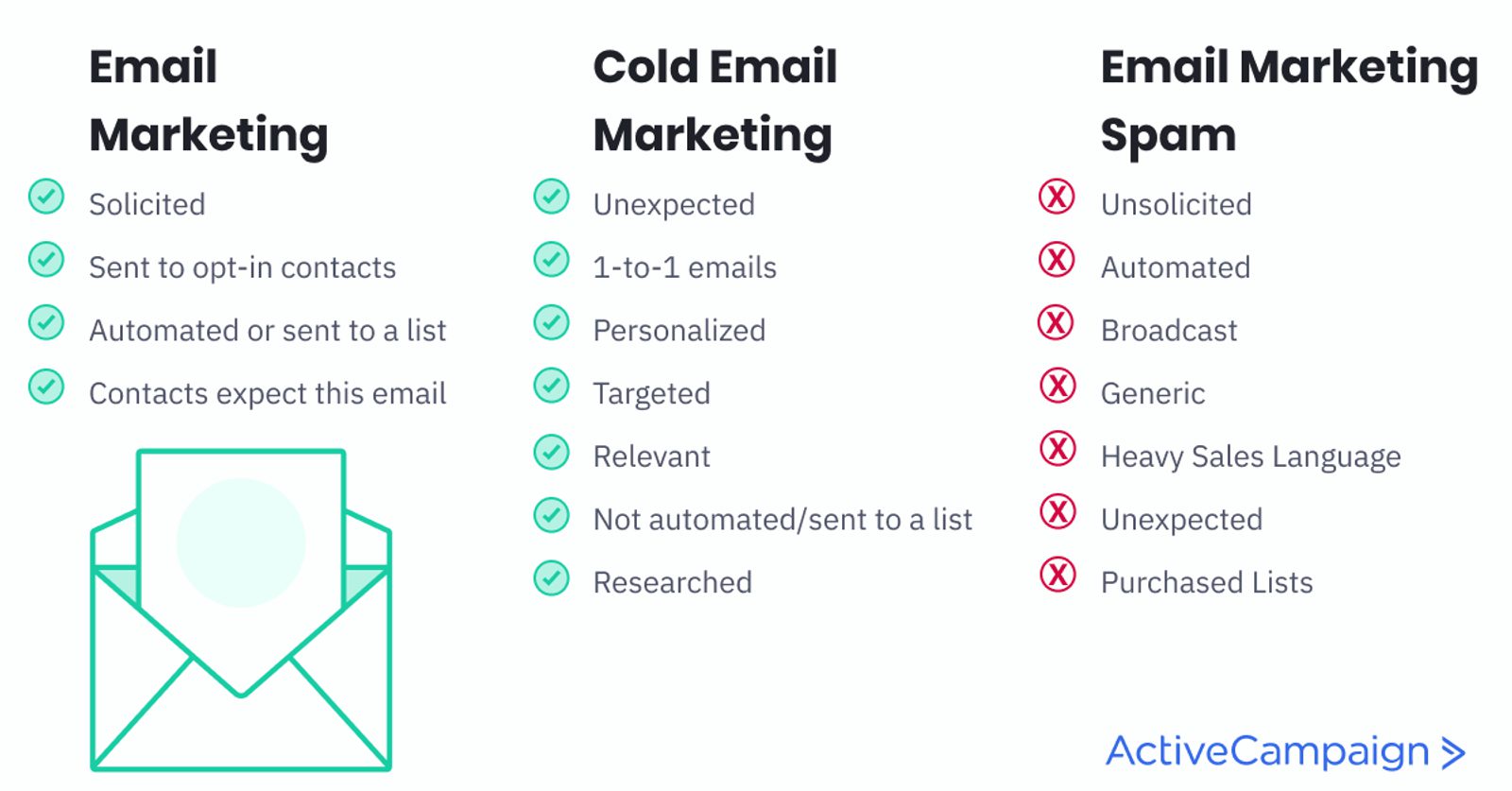
Source – Activecampaign
The truth is, certain words and practices are red flags for spam filters. If your email contains too many of these “spammy” elements, it could get flagged before it even has a chance to reach your subscribers. This can drastically lower your open rates and hurt your sender reputation.
Mistake #10: Not Personalizing Emails Beyond the Name
Why Personalization is Key:
We all know the feeling when you open an email that starts with your name—”Hey [First Name]!” It’s nice, but let’s be honest, it’s getting a bit too common. While putting a name in the subject line or greeting is a good first step, true personalization goes much further than that. If you’re only personalizing emails with someone’s name, you’re missing the chance to really connect with your audience.
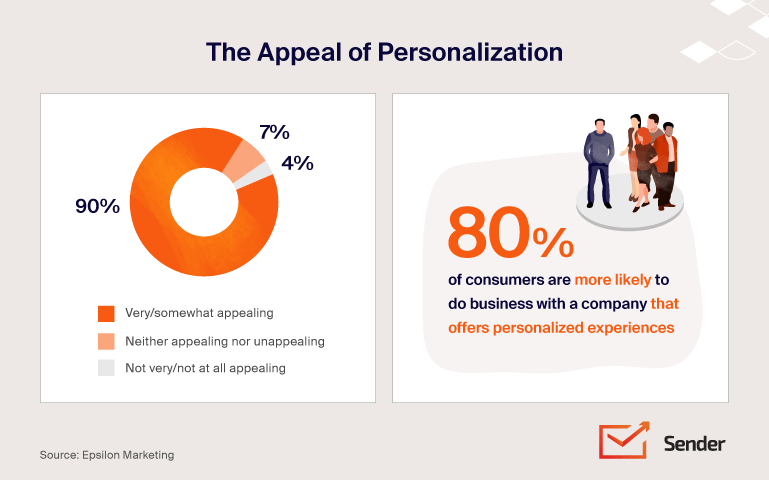
Source – Sender
Think about it: in today’s world, consumers expect emails to feel relevant to their needs. If you don’t take the time to personalize your content based on their behavior, interests, and preferences, they may feel like just another name on a list. True personalization creates a sense that you’re speaking directly to them, which helps build trust, engagement, and even conversions.
Mistake #11: Failing to Test and Optimize Emails
The Problem with “Set It and Forget It”:
In the world of email marketing, there’s a big danger in adopting a “set it and forget it” mindset. You might think that once you’ve crafted a beautiful email campaign, it’s good to go. But here’s the thing: without testing and optimizing, you’re missing out on valuable opportunities to improve.

Source – Email on acid
Not tweaking or experimenting with your emails means you’re leaving potential on the table. Even if an email seems like a hit, it can always be better! Testing different aspects of your emails helps you figure out what your audience responds to the most, and that leads to more opens, more clicks, and more conversions.
Mistake #12: Ignoring the Unsubscribe Process
Why an Easy Unsubscribe Process is Important:
Let’s face it, not every email subscriber will stay subscribed forever. It happens—people change their preferences, lose interest, or no longer find value in your emails. While it’s never fun to lose a subscriber, making it difficult for them to unsubscribe is a huge mistake.

If your unsubscribe link is hidden, confusing, or hard to find, it frustrates people, and that frustration often leads to negative feedback or spam complaints. That’s the last thing you want, as it can harm your reputation and deliverability rates. On the flip side, a simple and clear unsubscribe process allows people to leave gracefully and without hard feelings.
Mistake #13: Not Having a Clear and Compelling CTA
Why CTAs Matter:
Imagine reading an email that offers great content or an awesome deal, but then… there’s nothing telling you what to do next. It’s like getting invited to a party but not knowing where it’s happening or how to get there. Without a clear and compelling call to action (CTA), your emails will lack direction and purpose.
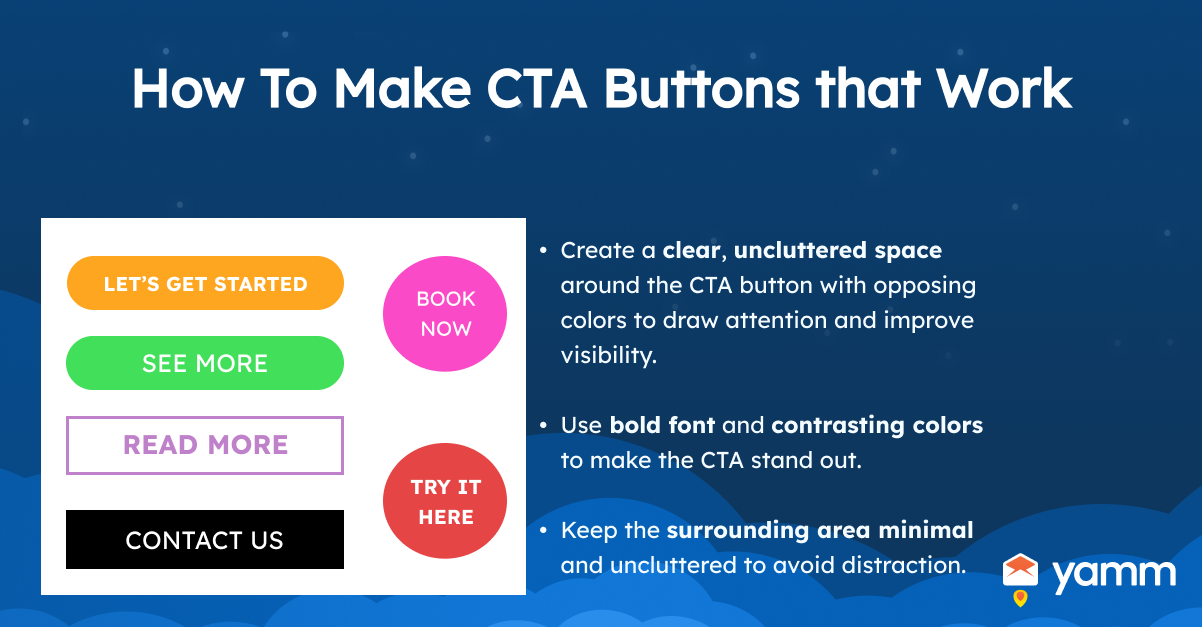
Source – YAMM
A CTA is the bridge between the email and the action you want your readers to take—whether it’s clicking a link, making a purchase, downloading a guide, or signing up for something. Without one, you’re missing out on potential engagement and conversions.
Mistake #14: Using Bad Timing for Campaigns
Why Timing Matters:
Imagine getting an email at 2 AM when you’re fast asleep or receiving an offer during a holiday when you’re already overwhelmed with emails. It’s annoying, right? Well, timing really matters when it comes to email marketing. Sending an email at the wrong time can drastically impact engagement. If your email lands in someone’s inbox when they’re not likely to check their email—such as in the middle of the night or during a busy workday—it may get ignored, or worse, deleted.
Knowing the best time to send your emails can make all the difference in whether they get opened, clicked, or completely overlooked.
Mistake #15: Overlooking Email Accessibility
Why Accessibility is Important:
Imagine reading an email where all the important information is hidden in an image and you can’t see it. Or the text is hard to read because the color contrast is off. For some people, this might be frustrating, but for others, it could make your email completely inaccessible.
Email accessibility ensures that all of your subscribers—whether they have visual impairments, hearing difficulties, or use assistive technologies like screen readers—can interact with your content. When you overlook accessibility, you’re excluding a portion of your audience, which can hurt engagement and even alienate potential customers.

Source – Accessibility checker
Most common email marketing mistakes – Let’s finish it!
We’ve covered a lot of ground, but let’s quickly recap the 15 most common email marketing mistakes and how you can easily avoid them to boost your results:
Ignoring Segmentation – Segment your audience based on interests, behaviors, or demographics to send more relevant emails.
Poor Subject Lines – Craft attention-grabbing subject lines to increase open rates.
Overloading Emails with Too Much Information – Keep it simple, focused, and with one clear message.
Forgetting Mobile Optimization – Ensure your emails are responsive and easy to read on all devices.
Neglecting the Power of Automation – Set up automated email sequences like welcome emails and cart abandonment reminders.
Not Tracking Key Metrics – Measure and analyze key metrics like open rates and conversions to improve performance.
Sending Emails Too Often or Too Rarely – Find the sweet spot for email frequency by surveying your audience.
Ignoring Email List Hygiene – Regularly clean your email list to remove unengaged subscribers and outdated contacts.
Using Spammy Language and Practices – Avoid phrases that trigger spam filters and ensure your emails reach the inbox.
Not Personalizing Emails Beyond the Name – Personalize your emails based on behavior and preferences for better engagement.
Failing to Test and Optimize Emails – A/B test your subject lines, CTAs, and designs to continually improve performance.
Ignoring the Unsubscribe Process – Make it easy to unsubscribe and gather feedback to improve your emails.
Not Having a Clear and Compelling CTA – Use actionable, concise CTAs that stand out and guide readers toward the next step.
Using Bad Timing for Campaigns – Send emails when your audience is most likely to engage by testing send times.
Overlooking Email Accessibility – Make sure your emails are accessible to all, including those with visual impairments or who use screen readers.
Each of these points plays a crucial role in shaping your email marketing success. By avoiding these common mistakes and implementing the solutions we’ve discussed, you can optimize every part of your email strategy and see a significant improvement in your results.
Now that you’re equipped with these essential tips, it’s time to take action! Whether you’re revisiting your current strategy, testing new tactics, or looking for expert help to fine-tune your campaigns, the most important step is to get started. Remember, email marketing is an ongoing process of learning and optimizing.
Ready to elevate your email marketing game? Download our free Email Marketing Checklist to get started today! This handy resource will help you implement the tips we’ve covered and ensure your campaigns are running at their best.
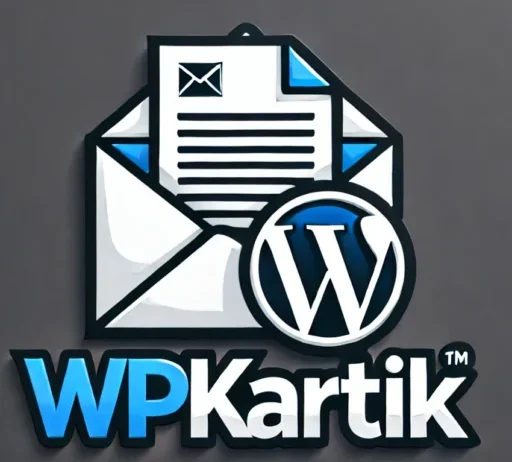
![How to Write Email Subject Lines to Boost Open Rates [Examples]](https://www.tidio.com/wp-content/uploads/common-subject-line-mistakes-1200x809.png)

